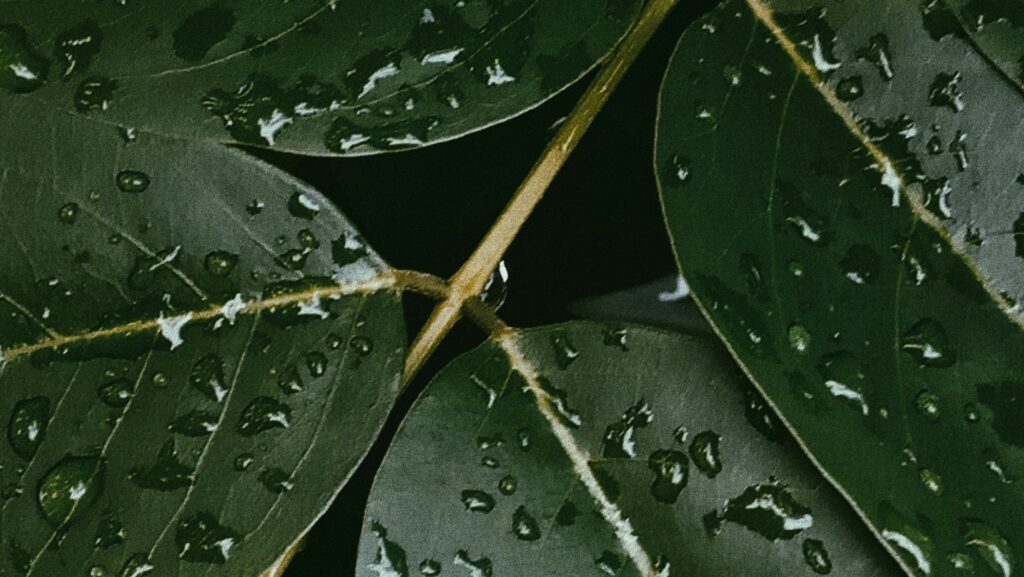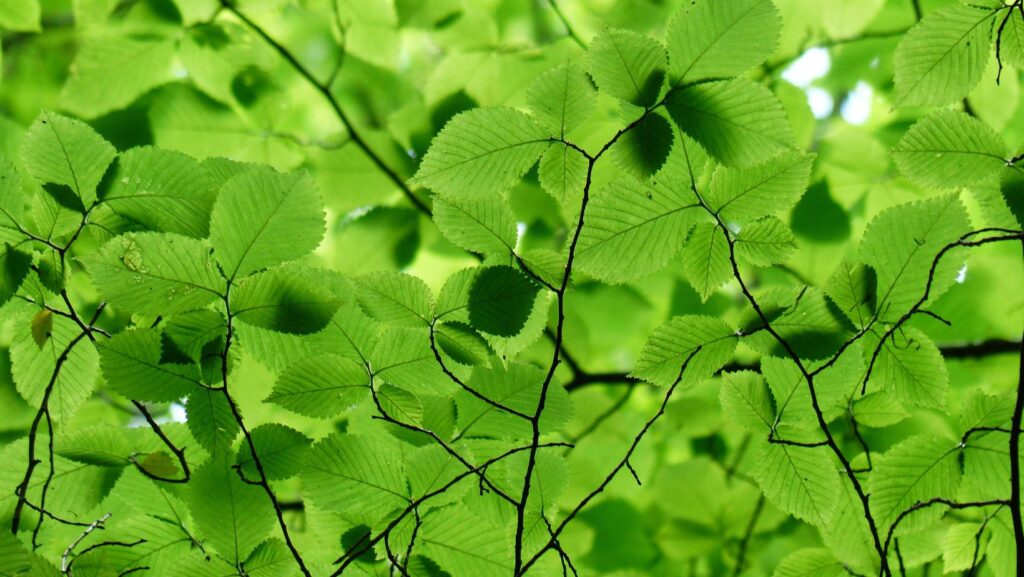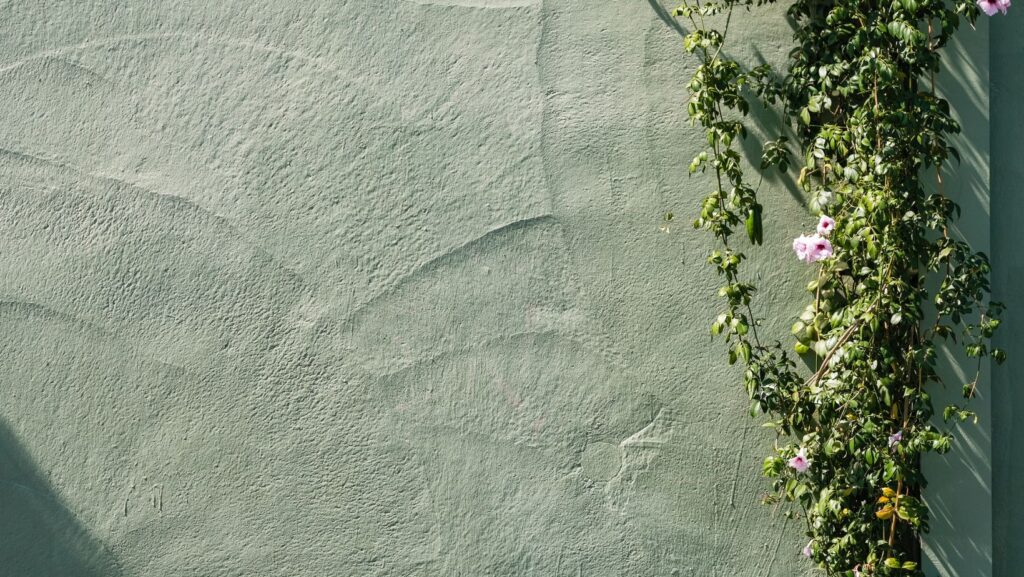Aesthetic:4smygiegpm8= Green

Aesthetic green has become more than just a color trend; it’s a movement that captures the essence of nature’s tranquility and harmony. In recent years, this soothing hue has taken center stage in design, fashion, and lifestyle, offering a refreshing escape from the digital world’s chaos. Its calming presence can transform spaces, evoke emotions, and inspire creativity, making it a favorite among designers and homeowners alike.
Incorporating aesthetic green into daily life goes beyond mere decoration. It symbolizes a deeper connection to the environment and a commitment to sustainability. As people seek balance and mindfulness, this versatile shade offers a bridge to nature, encouraging a sense of peace and well-being. Whether through home decor, clothing, or digital design, aesthetic green continues to shape the way individuals interact with their surroundings, fostering a serene and eco-conscious lifestyle.
Understanding Aesthetic Green
Aesthetic green, a calming hue, symbolizes tranquility and connection to nature. Influential in various domains, this shade appears in interior design, fashion, and art. Its popularity stems from the soothing qualities associated with natural environments.

Interior design trends often feature aesthetic green for its ability to create serene spaces. They incorporate this color in wall paint, furniture, and decorative accents. Interior designers appreciate its versatility and tendency to harmonize other colors.
Fashion enthusiasts embrace aesthetic green for its elegance and adaptability. Garments and accessories frequently highlight this shade, aligning with sustainable fashion movements. Brands use it to evoke responsibility and awareness.
Artistic expressions find inspiration in aesthetic green due to its natural connotations. Artists incorporate this color to convey peace and ecological themes. Its presence in contemporary art reflects society’s growing environmental consciousness.
They cherish aesthetic green for its capacity to promote mindfulness and relaxation. This shade’s integration into daily life signals an appreciation for balance and an eco-friendly perspective.
The Psychology Behind Green
Green evokes feelings of calm and renewal. Its soothing presence connects instinctively with the natural world.
Emotional Impact
Green fosters tranquility and relaxation, often associated with nature’s serenity. It reduces stress and enhances emotional equilibrium by encouraging calmness. Studies indicate exposure to green can lower anxiety levels and improve focus, promoting a sense of well-being in individuals. By simulating natural environments, aesthetic green tones provide mental restoration and rejuvenation, creating conducive spaces for relaxation and productivity.
Cultural Associations
In various cultures, green symbolizes growth and prosperity. It’s often linked to health and vitality, reflecting spring’s renewal. In Western contexts, green represents luck and opportunity, commonly seen in monetary interactions. Eastern traditions associate green with harmony and balance, embodying compassion and healing. Across diverse societies, green resonates as a symbol of life and vitality, reinforcing its universal appeal and importance in design and daily experiences.
Incorporating Aesthetic Green in Interior Design
Aesthetic green enriches interior spaces, creating a sanctuary reflecting nature’s tranquility. Its integration into interiors promotes calmness and connection with the natural world.
Choosing the Right Shade
Selecting the ideal green shade enhances any living space. Soft sage works well for relaxation in bedrooms or living rooms, creating a soothing environment. Vibrant emerald adds energy and focus in kitchens or home offices. For a versatile option, olive provides warmth and pairs seamlessly with neutral tones like beige or cream.
Green Accents and Decor

Subtle green accents elevate design without overwhelming. Cushions in mossy tones or rugs with leaf patterns introduce aesthetic green’s elegance into a room. Indoor plants, such as ferns or succulents, not only bring in elements of aesthetic green but also improve air quality. Decorative vases or picture frames in green hues punctuate interiors with nature-inspired beauty.
Aesthetic green stands as more than just a trend; it’s a lifestyle choice resonating with those seeking harmony and sustainability. Its versatility in design, fashion, and branding underscores its universal appeal and ability to foster connections with nature. By embracing aesthetic green, individuals not only enhance their surroundings but also contribute to a more mindful and eco-conscious world. As society continues to prioritize environmental awareness, the influence of aesthetic green will likely expand, offering endless possibilities for creativity and expression.
